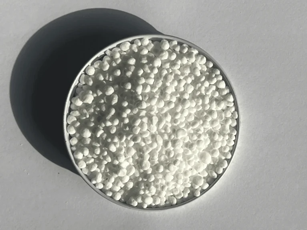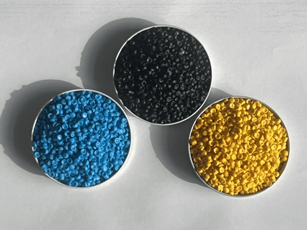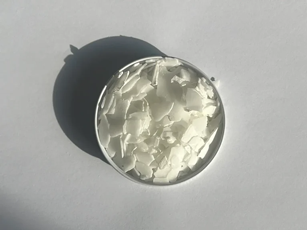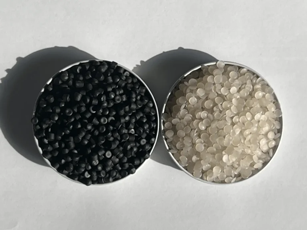Polymers: An Overview | bravopolymer Trading Company
Polymers are large molecules formed by the repetition of small units called monomers. Through chemical bonding, these monomers link together to form long chains. When multiple chains are connected, they create polymers. The word “polymer” is derived from the Greek words “poly” (meaning many) and “mer” (meaning part or unit).Types of Polymers
Polymers can be classified into two categories: natural and synthetic.Natural Polymers
Natural polymers such as cellulose, starch, protein, and DNA are essential in the structure and function of living organisms.Synthetic Polymers
On the other hand, synthetic polymers like plastics, rubber, adhesives, and foam are widely used in a variety of applications. These materials are commonly found in products such as nylon, bags, stretch films, cellophane, packaging, clothing, insulation, and more.Polymer Products at bravopolymer Trading Company
At bravopolymer Trading Company, we provide a variety of synthetic polymers including:- Polyethylene (PE)
- Polystyrene (PS)
- Rubber
- ABS
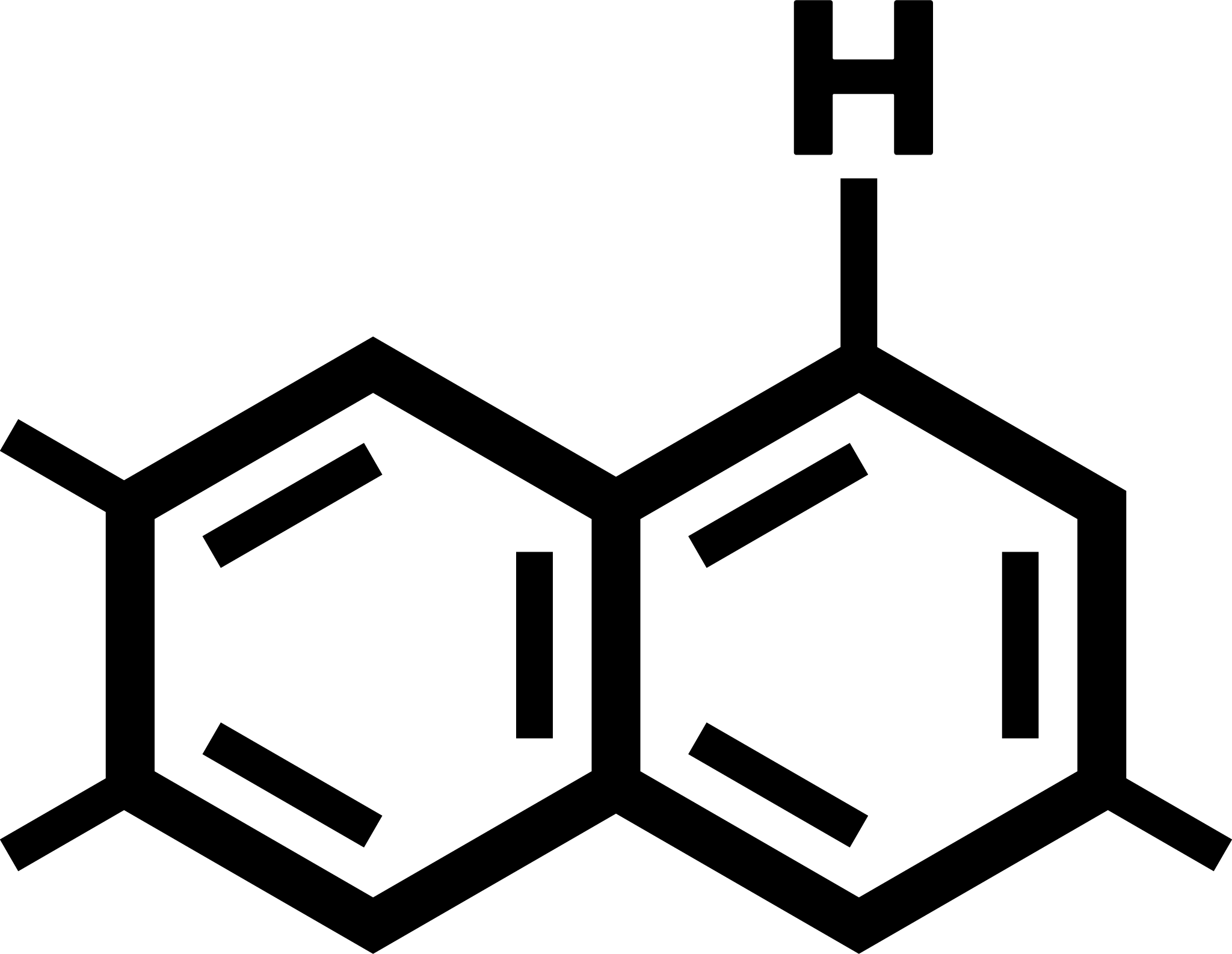
Polyethylene
Polyethylene (PE)
Polyethylene is the most widely used commodity plastic. It is available in many different forms depending on the configuration of its molecular chain.
click

Polystyrene
Polystyrene (PS)
Polystyrene is a synthetic polymer made from monomers of the aromatic hydrocarbon styrene. Polystyrene can be solid or foamed.
click

Rubber
Rubber
Rubber is an example of an elastomer type polymer, where the polymer has the ability to return to its original shape after being stretched or deformed.
click

ABS
Acrylonitrile Butadiene Styrene (ABS)
ABS is an opaque thermoplastic. It is an amorphous polymer comprised of three monomers, acrylonitrile, butadiene and styrene.
click

PVC
Polyvinyl Chloride (PVC)
Polyvinyl Chloride (PVC)
It is the world's third-most widely produced synthetic plastic polymer and is a high-strength thermoplastic material.
click

PE WAX
Polyethylene Wax (PE WAX)
Polyethylene wax is a ultra-low molecular weight polyethylene based on ethylene monomer chains.
click

Polypropylene
Polypropylene (PP)
Polypropylene belongs to the group of polyolefins and is partially crystalline and non-polar. Its properties are similar to polyethylene, but it is slightly harder and more heat-resistant.
click

Polycarbonate
Polycarbonate (PC)
Polycarbonate plastic is a versatile and durable thermoplastic polymer known for its exceptional impact resistance and natural transparency.
click
The largest distributor of polymers in the Middle East

